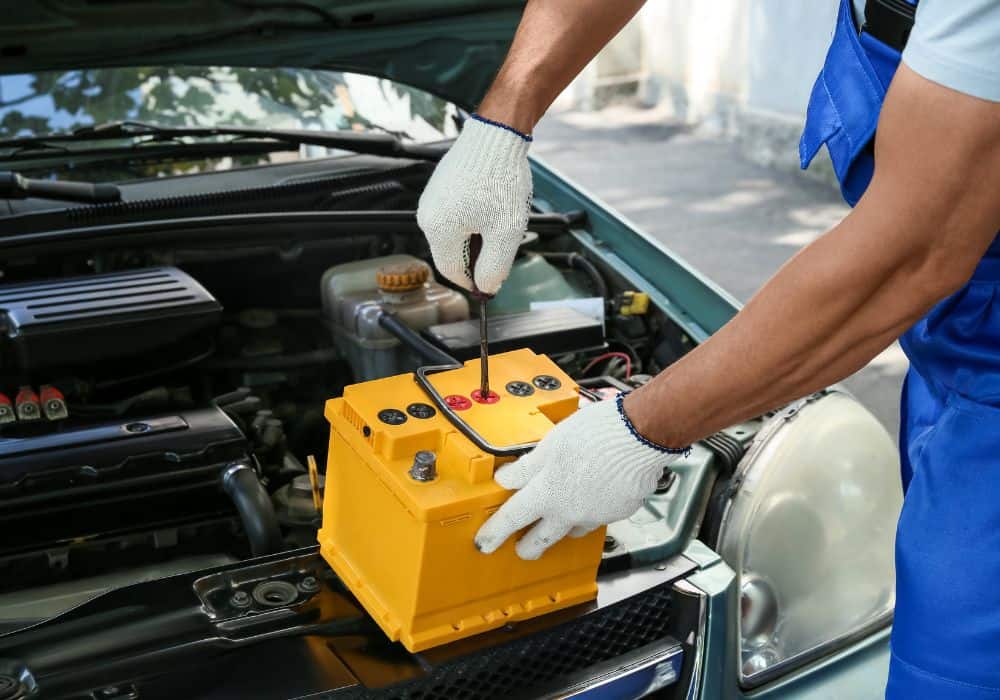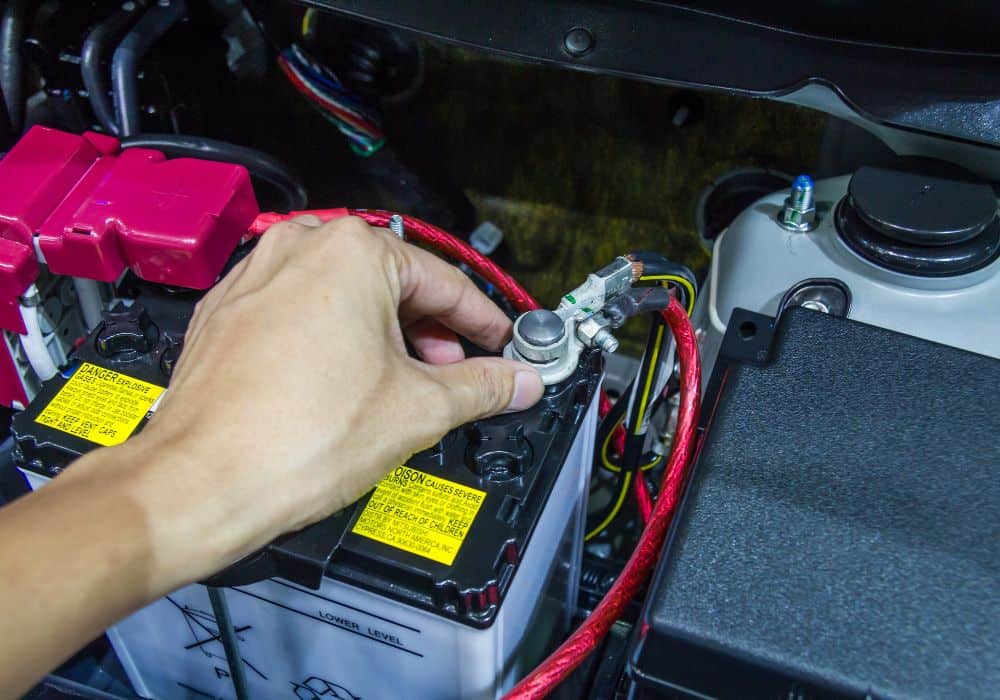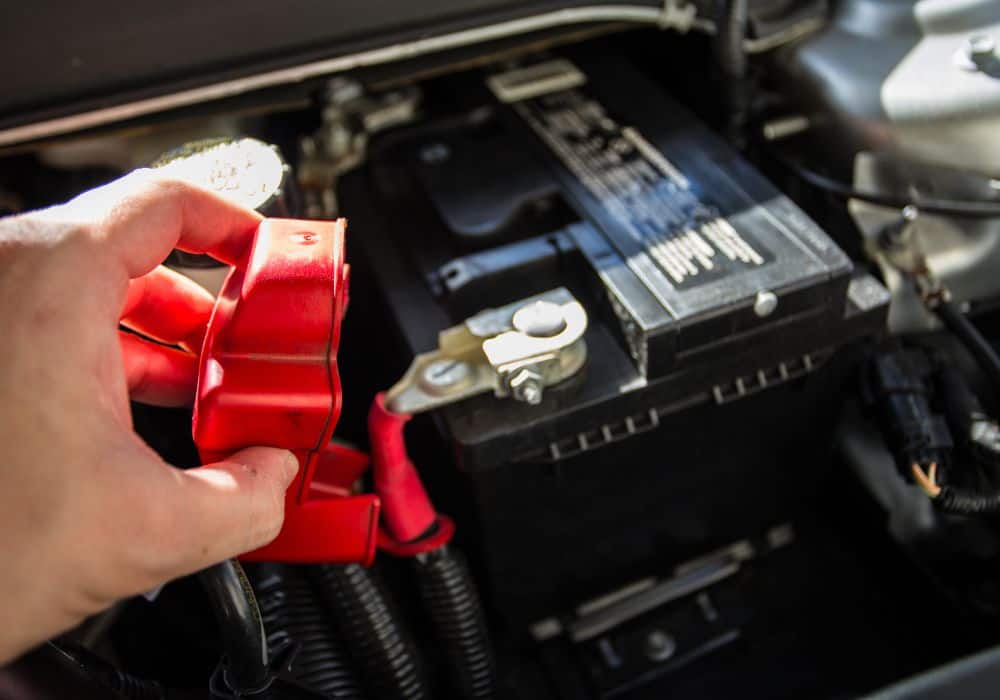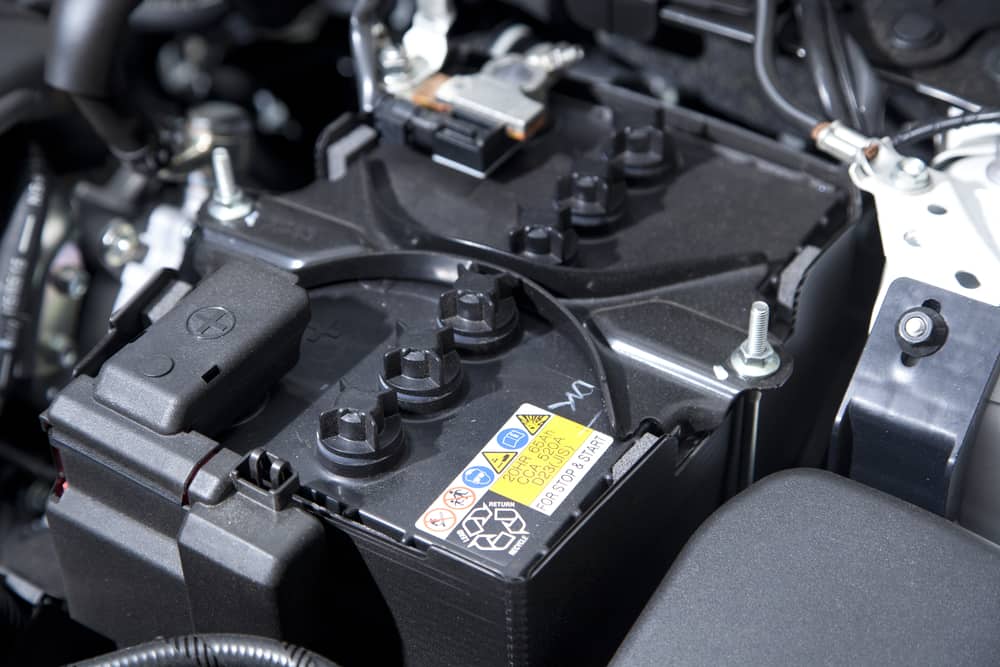Most people don’t think about the age of their car battery until it’s too late and they’re stranded on the side of the road. But did you know that car batteries have an expiration date?
Just like milk, eggs, and other perishable goods, car batteries will eventually go bad. And when they do, it can leave you stranded and cause all sorts of problems.
The good news is that there are ways to tell how old a car battery is. With a little bit of knowledge, you can avoid the pitfalls of an aged battery.
In this article, we’ll show you how to tell the age of a car battery (it’s easy!) and give you some tips on what to do if your battery is getting up there in years.
Table of Contents
How To Determine a Battery’s Age?

A car battery typically lasts between two and five years. The average is about three years. There are a few ways to tell how old a car battery is without looking up the serial number.
1. By Checking The Manufacturing Date
The easiest way is to simply check the car battery date codes on the sticker stamped on the side of the battery case. This date represents the manufacturing date of the battery, and it should give you a good idea of how old it is. Check the Date Code on the Sticker
This manufacturing date usually comes in the following forms:
- Date Sticker
The “in service” date, that is, the date when the battery entered service; several manufacturers place a date sticker on top of the battery.
When you buy the battery, the relevant month and year are marked on the sticker, and from this date, you can determine the battery’s warranty expiration date.
Pro Tip: After calculation, if the age of your battery is still within the limited warranty period, then your car battery isn’t old.
- As Hot-stamped Cryptic Letters
Frequently, the battery’s side will have the manufacture date hot-stamped there as an alphanumeric code. This means that the month will be denoted by a letter, while the year will be denoted by a number which may come in the order of Year/Month or Month/Year.

The remaining characters in the code provide information on the battery’s manufacturing date and time, as well as which factory made the battery.
Pro Tip: The month is always indicated by the first letter, while the first number is usually the year. However, these first two digits typically indicate the manufacture date.
- DD/MM/YY, or MM/DD/YY Form
You can estimate what this date is because the actual date is stamped on the side of the battery. The month and day order varies depending on where the battery was built. For instance, possible date codes can be 5/11/2002 or rewritten as 11/5/2002.
- The Round Sticker Form
Round stickers with either numbers or letters to indicate the production date are another common battery life sticker. It is usually clear if simple numerical data is used. For instance, a battery made in October 2001 is indicated by a tag that reads “10/01.”
However, letters for the month of the year are occasionally used. The letters here run from A to M, where A stands for January, B for February, C stands for March, etc.
2. Using A Multimeter to Test the Battery’s Voltage
Test the battery’s capacity by sending a current through it and measuring how long it takes to discharge. A new battery should be able to handle a high current for a long period of time before it starts to discharge rapidly. An old battery, on the other hand, will discharge much more quickly under load.
To determine the age of your car battery, you will need a digital multimeter, a pair of safety glasses clean surface on which to work, and a set of instructions for your specific model of the car battery.

Carefully follow the steps below;
- Put on your safety glasses.
- Locate the digital multimeter and set it to the “DC volts” setting. Choose the “DC volts” setting on the digital multimeter and place it where you can see it.
- Find the car battery, it’s usually located under the hood, near the engine.
- Clean off the top of the battery with a cloth. (This will help ensure accurate readings from the multimeter).
- Touch one lead of the multimeter to the positive terminal of the battery, and touch the other lead to the negative terminal.
- Alternatively, you can use alligator clips to attach the leads directly to the terminals. Make sure that the leads do not touch each other or any other metal surfaces. (Readings outside of this range may indicate a faulty battery that needs to be replaced immediately regardless of its age).
Pro Tip: If you get a reading of 12 volts or higher, then your battery is in good condition and does not need to be replaced yet. If you get a reading lower than 12 volts, then your battery may be getting old and weak and may need to be replaced soon.
3. Color of Battery
If there is no sticker, or if the sticker is worn away, you can usually tell by looking at the color of the battery case. Batteries tend to turn darker as they age, so a very dark battery is probably old.
4. Checking the Condition of The Terminal
Another way to tell a battery’s age is to look at the condition of the terminals. Over time, sulphation will build up on the terminals, making them appear white and powdery. This is a sure sign that the battery is getting close to the end of its life.
Conclusion
Older car batteries are more likely to fail suddenly, so if you’re not sure how old your battery is, take it to a professional to have it checked. They’ll be able to tell you whether or not it needs to be replaced.
Besides, these tips will come in handy if you need a battery replacement, as you will be able to avoid being taken advantage of by unscrupulous dealers and manufacturers who try to pass off old batteries as new ones. So, next time you’re in the market for a new car battery, make sure you know how to tell its age!
